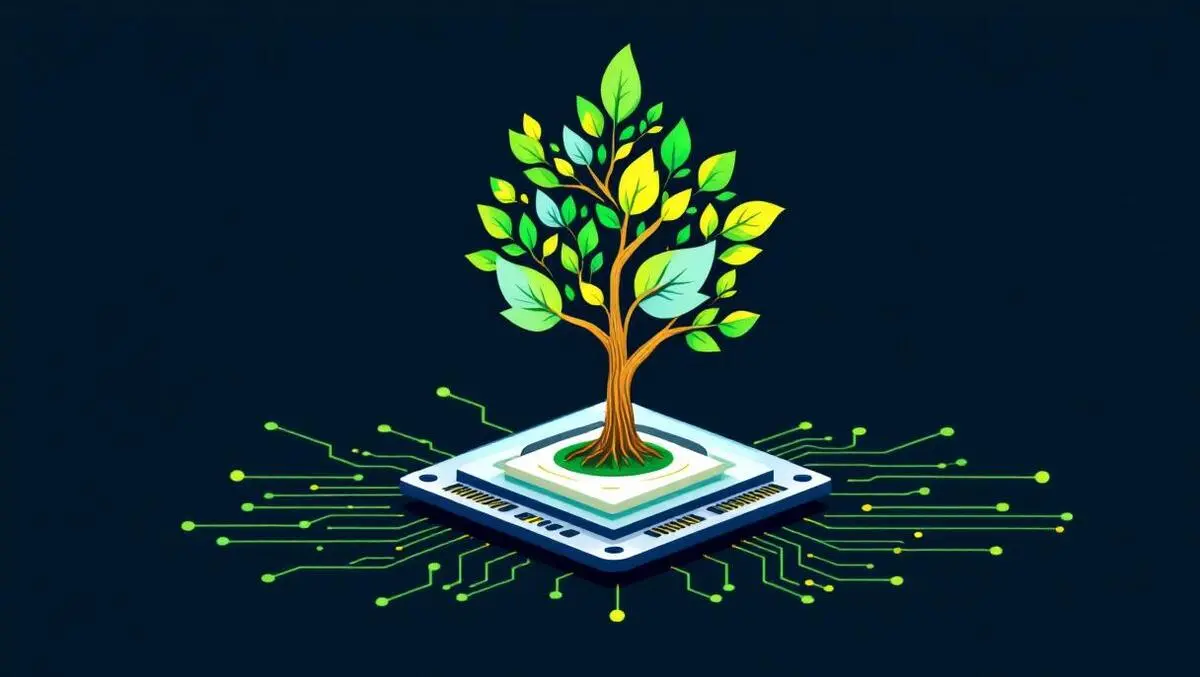
Embedding environmental stewardship into IT governance frameworks
Integrating environmental stewardship into IT governance frameworks has become essential as businesses increasingly prioritise sustainability. IT operations contribute significantly to carbon emissions, energy consumption, and electronic waste (e-waste). Organisations that embed environmental responsibility into their IT governance can reduce their ecological footprint, improve operational efficiency, and strengthen their brand reputation.
Environmental stewardship supports financial performance, risk mitigation, and brand differentiation. With rising energy costs, increased consumer demand for sustainable products and services, and growing pressure from investors and regulators, companies can no longer afford to overlook their environmental responsibilities.
Poor sustainability practices in IT can lead to high operational costs, supply chain risks, and reputational damage. Conversely, a proactive approach improves efficiency, attracts environmentally conscious customers, and helps future-proof businesses against evolving policy and regulatory changes.
Integrating environmental responsibility into IT governance integrates sustainability initiatives into decision-making systematically. Organisations can reduce waste, lower energy consumption, and extend the lifecycle of technology assets while positioning themselves as responsible leaders in an increasingly climate-aware market.
There are four key areas that present opportunities to embed environmental stewardship into IT governance frameworks.
1. Device lifecycle management
A structured approach to managing the lifecycle of IT assets ensures devices are deployed efficiently, maintained properly, and retired responsibly at the end of their useful life. Embracing a circular economy model, where equipment is refurbished, reused, or ethically recycled, can significantly reduce e-waste and resource use. Companies that adopt this approach lower their environmental impact and unlock financial value by extending the lifecycle of IT assets.
Effective asset recovery strategies further support sustainability efforts. Integrating secure data erasure and refurbishment into IT governance policies lets businesses repurpose functional devices within the organisation or resell them to external buyers. Responsible e-waste recycling also supports companies to process materials ethically in instances where resale is not viable, reducing landfill contributions and preventing environmental contamination. The adoption of industry-certified data sanitisation methods also safeguards compliance with security and privacy regulations.
2. Sustainable procurement
IT governance frameworks should prioritise the selection of technology vendors and partners committed to sustainable manufacturing, responsible sourcing, and energy-efficient product design. This includes favouring IT hardware with a high percentage of post-consumer recycled materials and using minimal packaging. Additionally, employing Device-as-a-Service (DaaS) models optimises IT asset utilisation while reducing upfront investment and unnecessary hardware purchases.
Partnerships with sustainability-driven IT service providers can further enhance an organisation's environmental impact. Working with partners that offer end-to-end IT asset management solutions, encompassing secure device deployment, certified data sanitisation, and ethical recycling, simplifies the process of aligning IT operations with sustainability goals. Companies that prioritise environmental stewardship in their IT governance framework gain a competitive advantage by demonstrating their commitment to responsible business practices.
3. Energy consumption
Data centres, cloud services, and enterprise networks require substantial energy resources, making green IT practices essential. IT governance frameworks should include policies to reduce consumption by optimising server efficiency, reducing redundant infrastructure, and using renewable energy sources. Cloud providers with strong sustainability credentials can support carbon reduction initiatives, while virtualisation strategies can consolidate workloads and improve overall energy efficiency.
4. Employee engagement
Educating staff on sustainable IT practices, such as energy-efficient device usage and responsible e-waste disposal, creates a culture of accountability. Organisations that implement green workplace initiatives, such as responsible end-of-life disposal programs, reinforce their commitment to sustainability at all levels.
IT governance must also align with corporate environmental, social, and governance commitments. Companies can contribute to broader sustainability objectives by embedding environmental stewardship into IT policies, such as net-zero emissions targets and responsible supply chain management. Clear reporting mechanisms and regular sustainability audits aid transparency, letting businesses track their progress and demonstrate accountability to stakeholders.
Government regulations and evolving industry standards are increasingly shaping the sustainability expectations for organisations. Aligning IT governance frameworks with best practices for environmental stewardship keeps companies ahead of regulatory requirements. Proactive adoption of sustainable IT practices positions businesses as industry leaders in environmental responsibility.
Integrating environmental stewardship into IT governance frameworks is not just about meeting compliance obligations; it's about futureproofing company operations and prioritising the broader environment. Taking a proactive approach to sustainability lets organisations drive efficiency, reduce long-term costs, and contribute to a healthier planet. Businesses that lead in sustainable IT governance will be well-positioned for long-term success as environmental concerns continue to shape consumer and corporate priorities.

